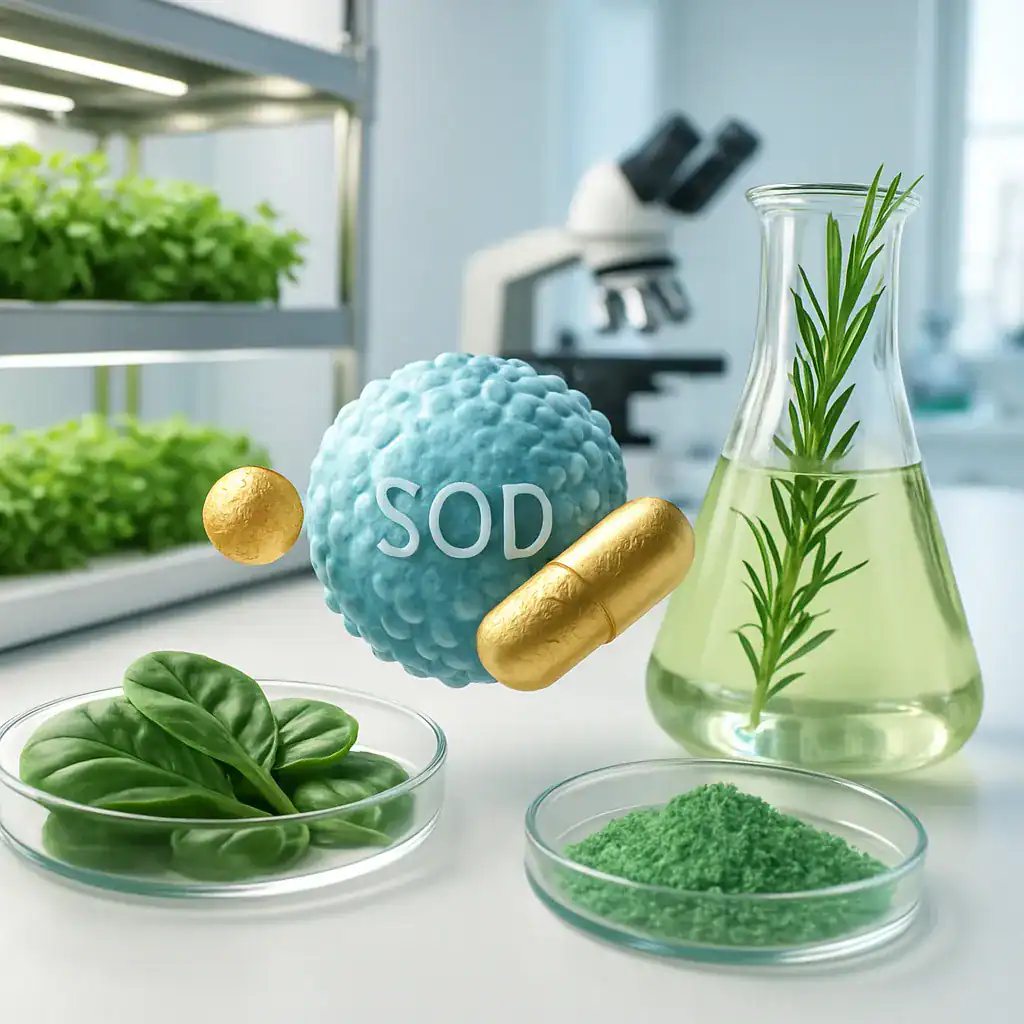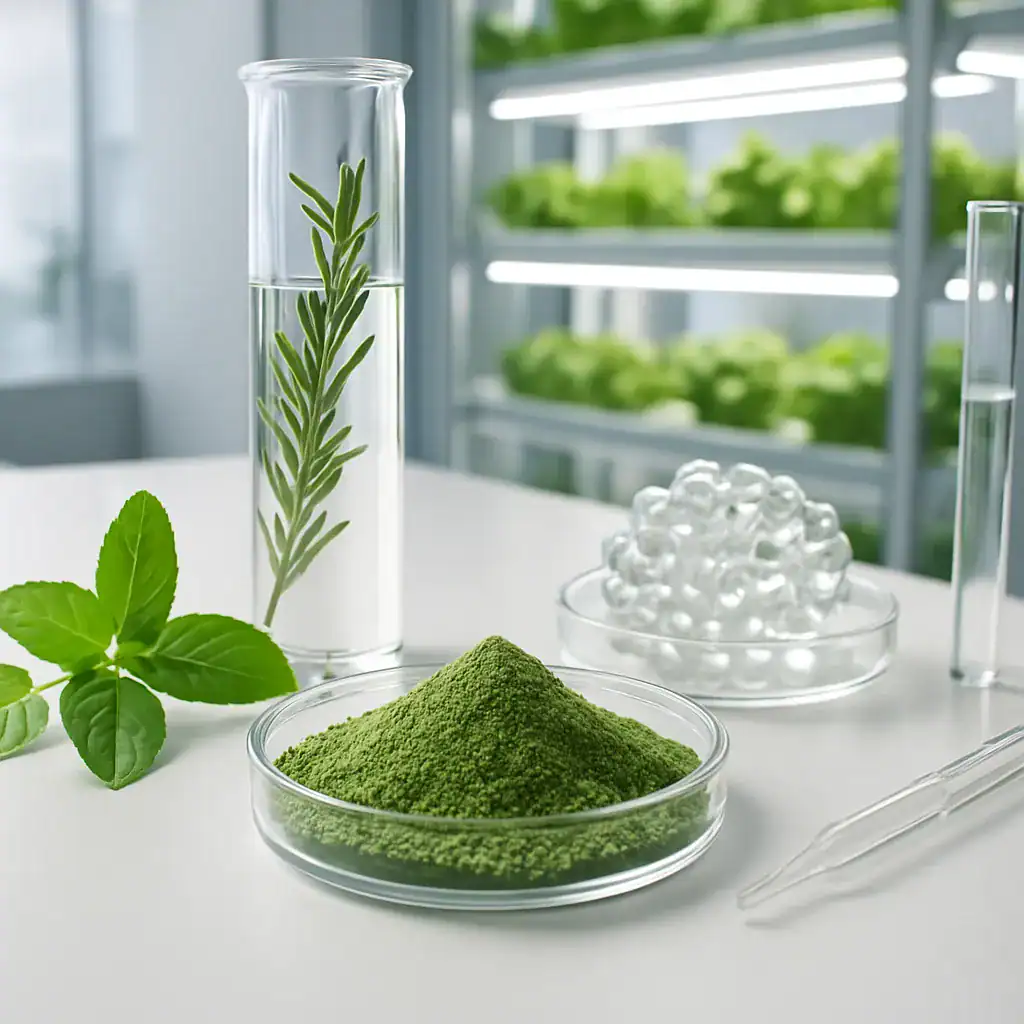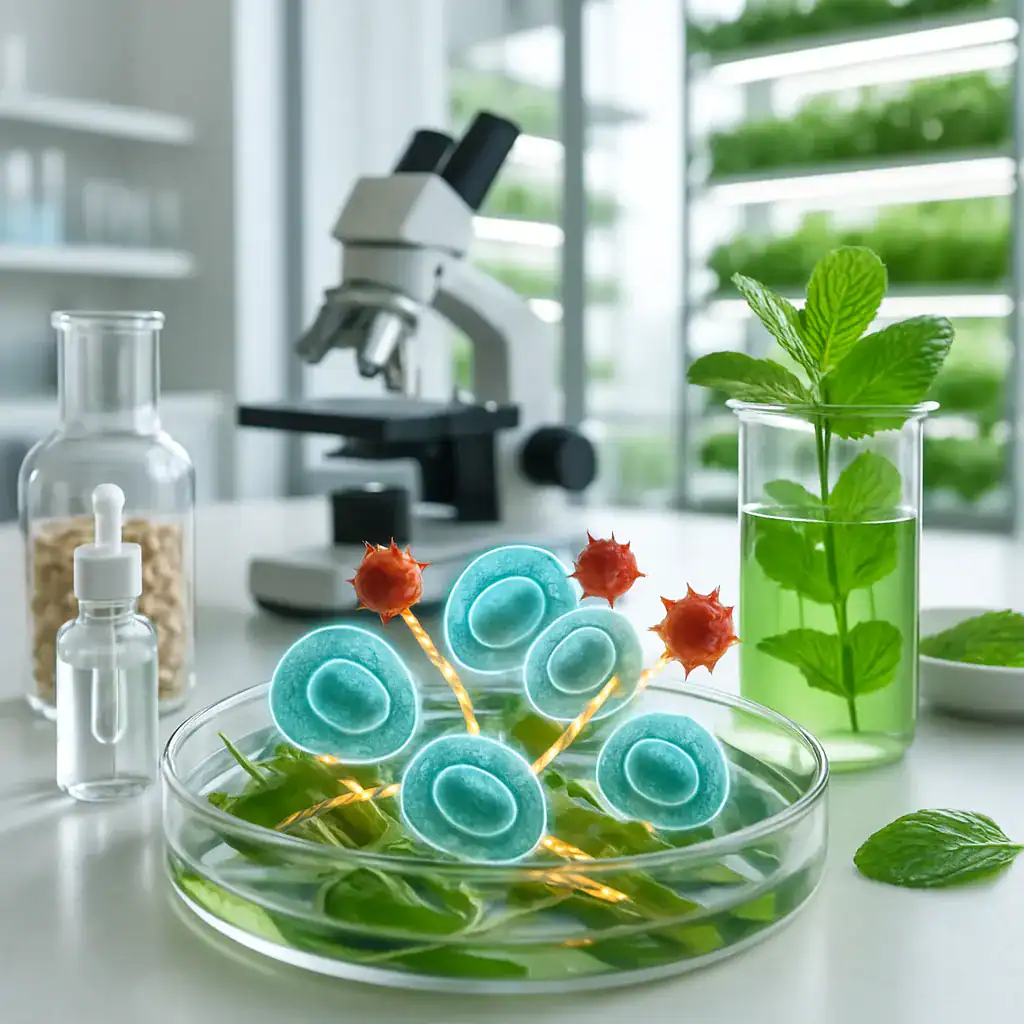SOD enzyme life extension: can it actually extend your life — yes, by supporting cellular defenses and healthier aging?
SOD enzyme life extension: can it actually extend your life — yes, by supporting cellular defenses and healthier aging?
What is SOD enzyme life extension and why it matters to you?
At its core, superoxide dismutase or SOD is your body’s frontline defender against reactive oxygen species. When you breathe, exercise, or even feel stressed, your cells generate free radicals that can damage proteins, fats, and DNA. SOD helps convert these unstable molecules into less reactive substances, reducing oxidative stress and protecting cellular components. This supports cellular longevity by maintaining mitochondrial function and sustaining your body’s antioxidant defenses across tissues. In short, stronger SOD activity can help you maintain physical vitality and cognitive clarity as you age. You might not notice the daily protection, but it shows up in how your body recovers after workouts and how your skin maintains its resilience over time.
This isn’t just about one enzyme. The concept of Life Extension refers to longer, healthier years gained by reducing cellular damage. As you age, its natural activity can wane, potentially increasing fatigue, slower recovery, and mood shifts linked to oxidative stress. Strategies that support SOD function—through nutrition, lifestyle, and innovative delivery methods—can strengthen your overall antioxidant defenses. In practical terms, you may notice better energy, sharper focus, and steadier immune responses during seasons of higher stress. Keep in mind that bioactive ingredients in nutraceuticals aim to complement your body’s own enzymes, not replace them.
Our Key Areas of Expertise

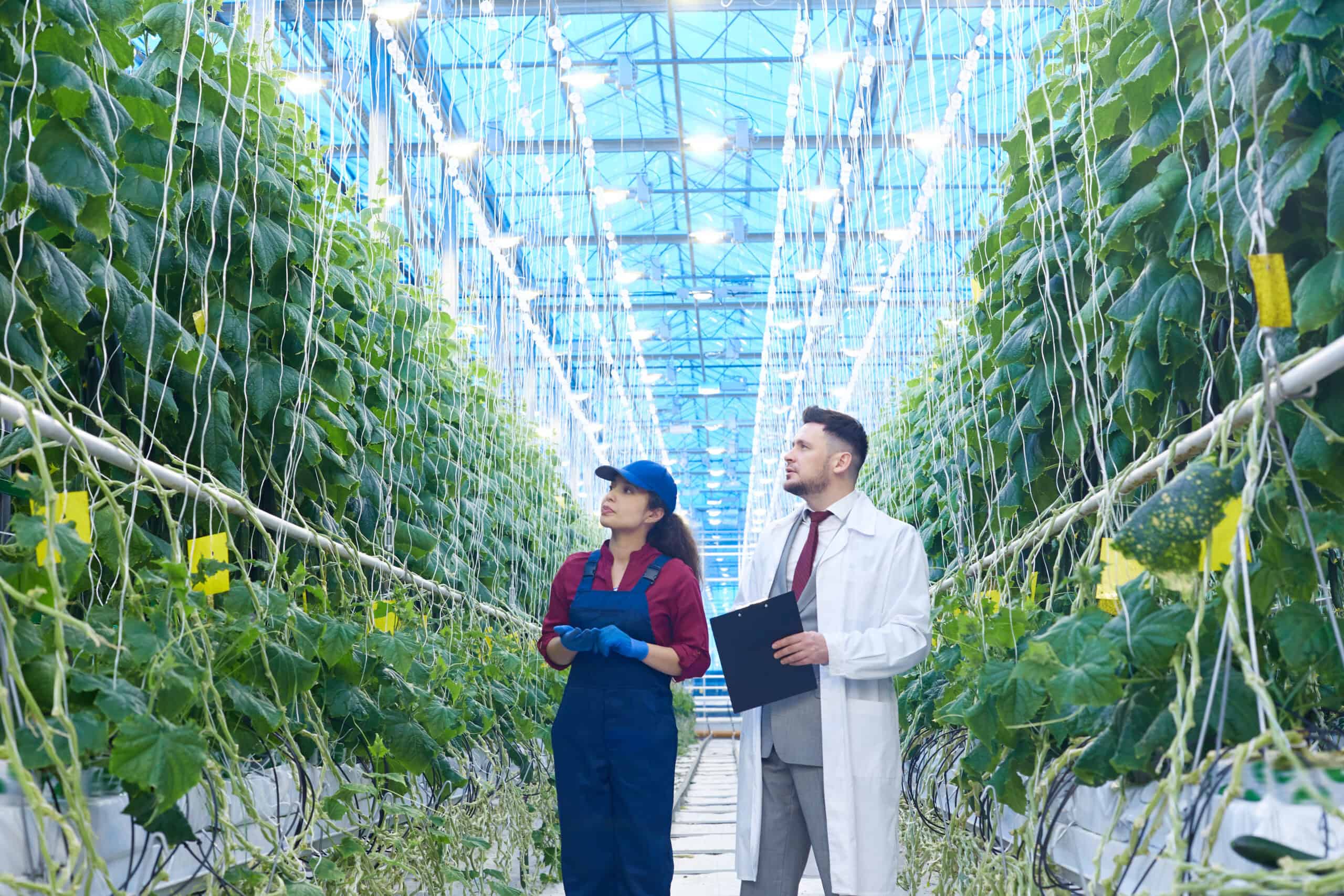
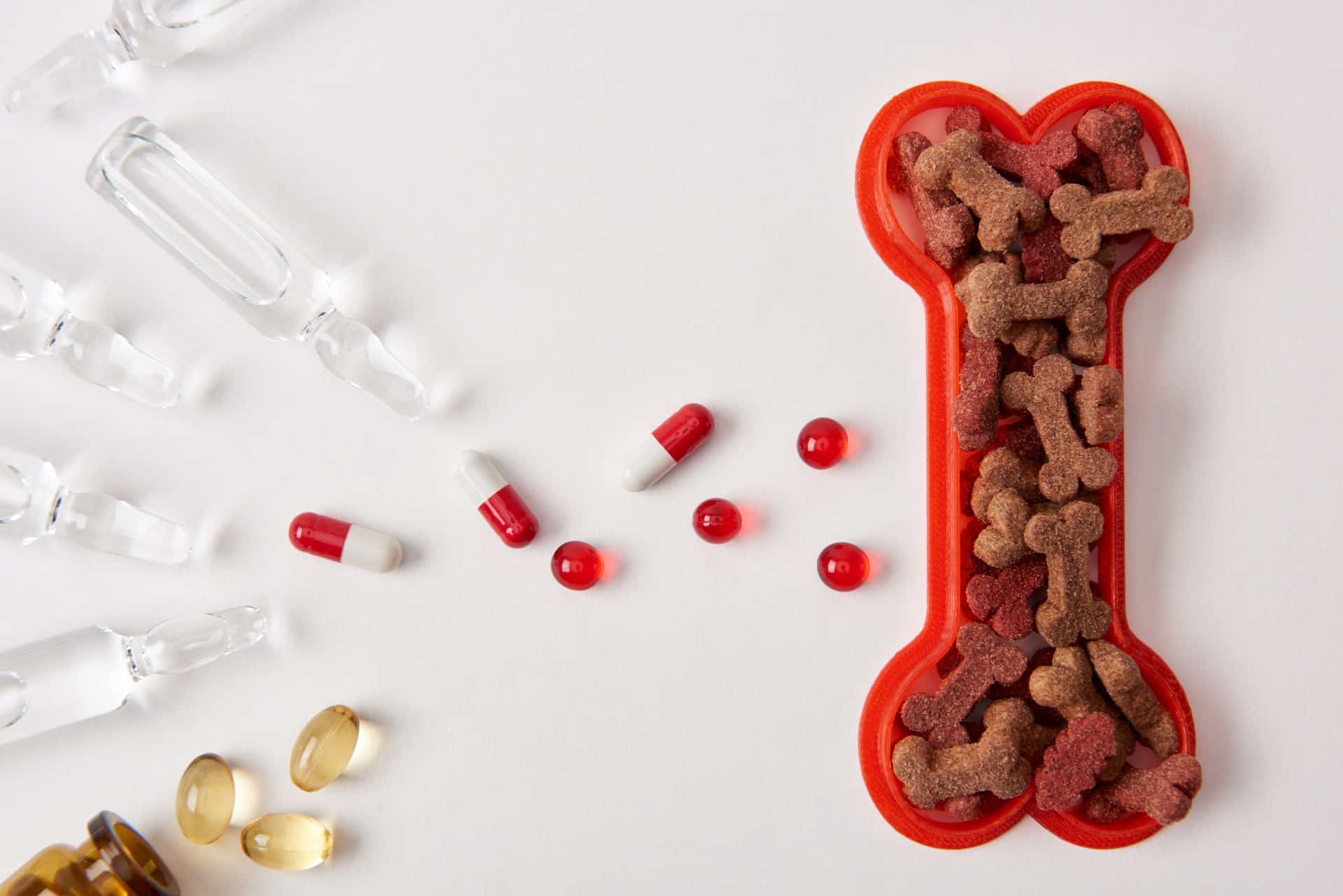
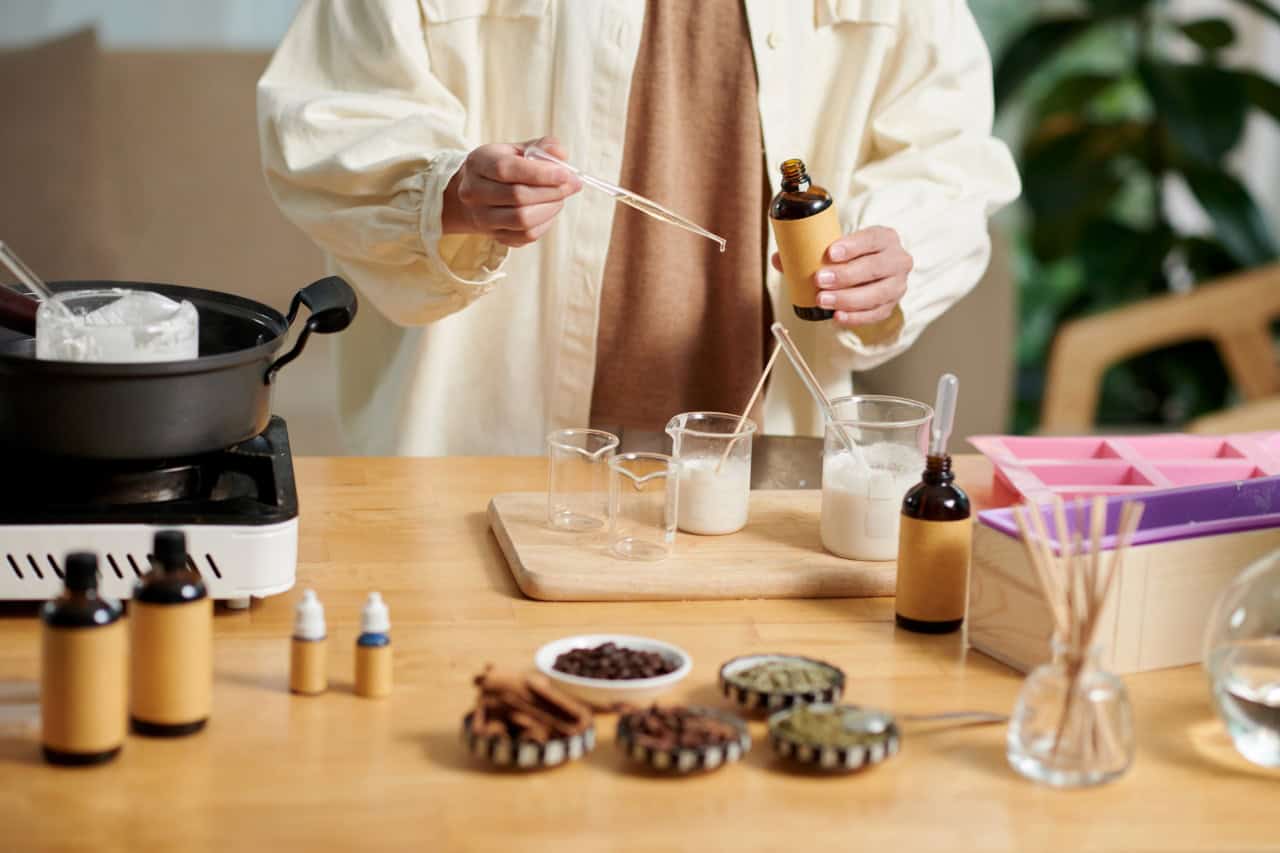
SOD enzyme life extension production and health outcomes: integration into nutraceuticals and clinical benefits
Building on the concept of superoxide dismutase activity, this section explores how production decisions shape real-world health outcomes. In the nutraceutical space, translating enzyme activity into reliable products hinges on sourcing, formulation, and delivery that preserve the enzyme’s function. Key inputs include Extramel® melon concentrate and melon pulp concentrate as plant-derived reservoirs, alongside advanced carriers such as liposomes and extracellular vesicles. By aligning raw material quality with innovative delivery platforms, manufacturers can support sustained SOD activity across physiological systems, helping to moderate oxidative stress and preserve mitochondrial function. This is particularly important when addressing age-related declines in endogenous antioxidant defenses and the broader impact on cellular oxidation reactions that underlie aging processes.
From enzyme activity to scalable delivery systems
Effective production pipelines integrate plant biology, nanotechnology, and controlled processing to maintain the integrity of Cu, Zn-SOD and related antioxidant enzymes. In practice, this means selecting sources such as aronia melanocarpa and melon-derived ingredients that contribute complementary phytonutrients while supporting bioavailability through targeted delivery. Innovations like liposomal superoxide dismutase and extracellular vesicle-based carriers optimize the transport of enzyme activity to tissues where oxidative damage accumulates. Vendors increasingly reference specialized platforms, including Exosomes Nutra, to enhance the stability and uptake of SOD enzymes during digestion and absorption. As a result, products can better address variability in individual oxidative stress exposure—from UV exposure to metabolic challenges—while maintaining the core objective of cellular longevity and healthspan extension.
Manufacturers must also quantify enzyme performance using robust analytics for SOD activity and peroxidative markers such as glutathione peroxidase activity in target tissues. The goal is not only to deliver enzymes but to sustain the broader antioxidant network that supports cellular defenses across organ systems. By connecting production controls with health outcomes, brands can communicate tangible benefits such as improved energy, steadier immune responses, and better skin resilience—outcomes linked to reduced damage from Reactive Oxygen Species and lipid peroxidation. The integration of Extramel® melon concentrate and melon pulp concentrate into finished formulations exemplifies a practical approach to combining natural sourcing with advanced delivery.
Health outcomes and clinical relevance
In consumer health contexts, the goal is to support systemic antioxidant defenses and mitigate cellular stress that contributes to aging. Dietary strategies that lift antioxidant defenses can influence outcomes such as exercise recovery, cognitive function under stress, and skin integrity with UV exposure. When paired with delivery systems that preserve SOD activity in vivo, these strategies may help sustain mitochondrial function and cellular function over time. While results can vary, the overall trajectory points toward healthier aging by reducing cumulative oxidative damage, promoting cellular resilience, and supporting longevity-oriented pathways. Key production decisions—such as choosing plant-based inputs, leveraging extramel® melon concentrate–driven matrices, and employing nanodelivery strategies—directly shape the consistency and magnitude of these health outcomes.
- Production and quality control: ensure consistent SOD activity measurements and traceability of Cu, Zn-SOD levels across batches.
- Formulation and delivery: balance stability with bioavailability using liposomal SOD or extracellular vesicle carriers; align with target consumer segments.
- Clinical relevance: monitor biomarkers of oxidative stress, lipid peroxidation, and mitochondrial efficiency to validate health outcomes.
| Delivery Strategy | Bioavailability | Stability | Notes |
| Liposomal SOD | High | Moderate | Suitable for softgel or liquid formulations |
| Extramel® melon concentrate | Medium | High | Plant-derived and stable in capsules |
| Exosomes Nutra delivery | Very High | High | Nanocarrier-based approach |
This integrated view supports the concept of SOD enzyme life extension by aligning production strategies with measurable health outcomes. Through careful material selection, advanced delivery, and rigorous analytics, the nutraceutical industry can translate enzyme biology into tangible benefits while advancing consumer trust in longevity-focused formulations.
R&D Consultancy
Discover how PhNóva’s R&D Consultancy can help transform your idea into a market-ready solution — with expert support in formulation, regulatory compliance, and innovative delivery systems to give your product a competitive edge.
FAQ's about SOD enzyme life extension: can it actually extend your life — yes, by supporting cellular defenses and healthier aging?
What does SOD enzyme life extension mean for everyday health and aging strategies?
SOD enzyme life extension translates into reducing cumulative cellular damage from reactive oxygen species. By supporting the body’s antioxidant defenses and maintaining mitochondrial function, higher Exosomes Nutra–assisted delivery and plant-derived inputs such as Extramel® melon concentrate help preserve SOD activity across tissues. In practical terms, this can reflect as steadier energy, faster recovery after exercise, improved skin resilience, and cognitive clarity during stress, aligning nutrition with the biology of aging. These factors contribute to daily vitality, resilience to inflammation, and healthier aging trajectories when combined with consistent lifestyle choices.
How do production choices preserve SOD activity in finished nutraceuticals?
Manufacturers optimize sourcing of plant-derived reservoirs such as Extramel® melon concentrate and melon pulp concentrate to support bioavailability while preserving enzymatic structure. Delivery platforms like liposomal superoxide dismutase concentrate SOD activity and improve tissue uptake, while robust analytics track Cu, Zn-SOD levels and peroxidative markers. By coupling Exosomes Nutra–style nanocarriers with careful processing, products can deliver consistent antioxidant defenses and reduce oxidative damage across organ systems.
Which delivery platforms most influence SOD-related formulation effectiveness?
Delivery platforms shaped by nanotechnology and plant biology determine where SOD activity reaches tissues most in need. Options include liposomal SOD and extracellular vesicle-based carriers, alongside Exosomes Nutra approaches; these strategies help preserve SOD activity in vivo and mitigate Reactive Oxygen Species–driven damage during UV exposure and metabolic stress. Clinical relevance grows when bioavailability aligns with individualized oxidative stress profiles, improving consistency across users. In practice, products that thoughtfully combine these carriers with antioxidants like glutathione peroxidase support can offer more reliable results.
What lifestyle strategies complement SOD-focused nutraceuticals for aging and resilience?
Active living and nutrition that emphasize antioxidant-rich plant foods can support SOD-related longevity. Regular exercise, adequate sleep, and sun protection reduce oxidative challenge, allowing delivery platforms to perform better. Pairing functional ingredients like Extramel melon derivatives with vegetarian capsules and controlled release systems helps sustain SOD activity, while hydration and stress management support mitochondrial function. SOD booster concepts can arise from combining potent phytonutrients with reliable carriers to extend cellular resilience.
How can consumers assess real-world benefits of SOD-enriched products?
Consumers should look for evidence of improved antioxidant defenses and markers of oxidative stress in real-world settings. Key signals include steady energy, faster recovery, and better skin resilience under UV exposure, as well as improved sleep after stressful days. Brands referencing Cu, Zn-SOD activity and levels across batches, plus robust analytics for glutathione peroxidase activity, help translate lab results into everyday outcomes. Practical expectations should consider individual variability in diet and activity.
What role do exosome-based nanodelivery platforms play in SOD longevity strategies?
Exosome-based carriers, alongside Extramel®-driven matrices, offer advanced delivery that enhances tissue uptake and protects enzyme integrity. By reducing extracellular degradation, these platforms aim to stabilize mitochondrial dysfunction signals, supporting energy production and cellular longevity across organ systems. Consumers benefit from more consistent enzyme activity during stress and aging processes, with measurable shifts in oxidative balance when combined with antioxidant-rich foods and regular activity patterns.
Are specific plant extracts like aronia melanocarpa essential for SOD-focused products?
Aronia melanocarpa provides complementary phytonutrients that synergize with SOD activity to dampen oxidative stress. When paired with Extramel melon inputs, these components support a broader antioxidant network, potentially improving lipid oxidation resistance and skin resilience. Manufacturers should maintain consistent sourcing, avoid contaminants, and verify Cu, Zn-SOD balance. Consumer results will vary with lifestyle, sun exposure, and hydration, but overall benefits align with healthier aging and better stress resistance.
Get in Touch with PhNóva
Have questions or need expert guidance? Contact us today — our team is ready to assist you with tailored solutions for your formulations.

12/08/2025



